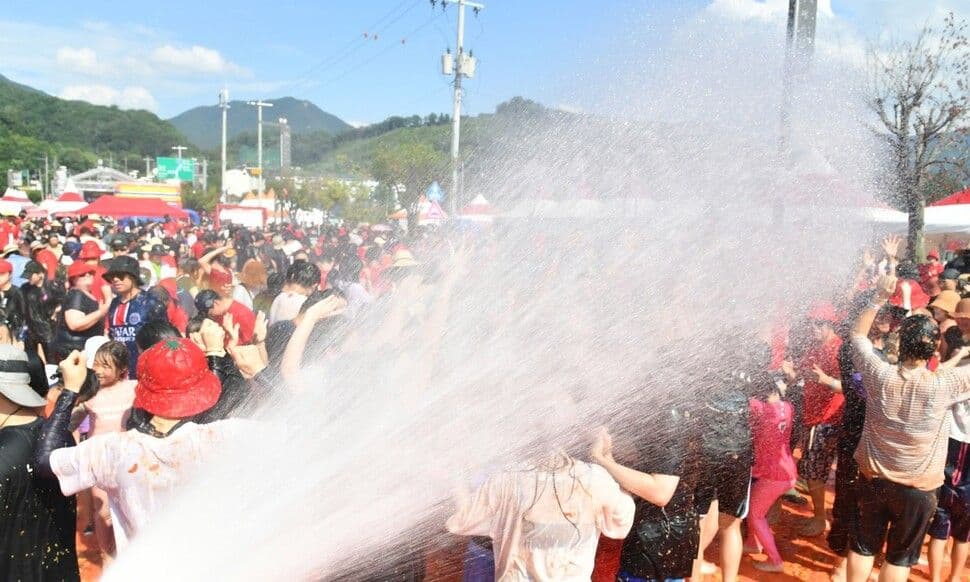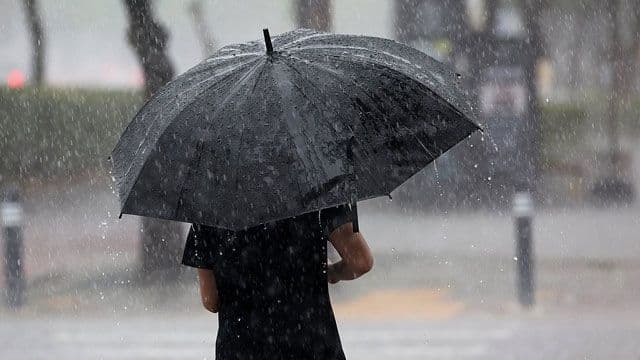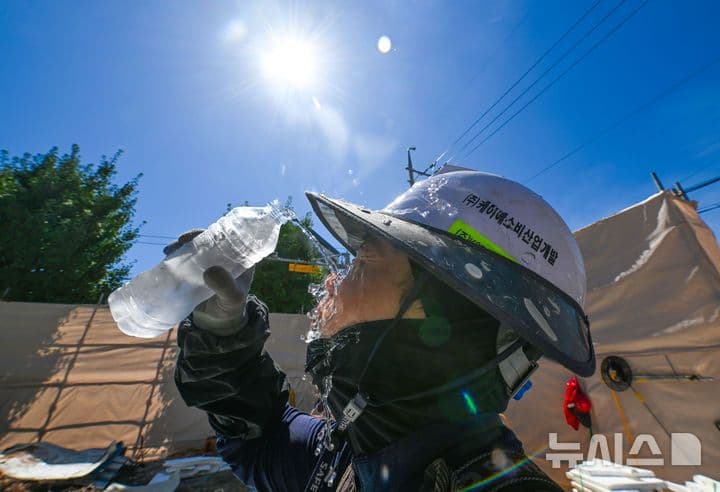The Unyielding Embrace: How Korea's Historic Heatwave Reshapes Everyday Life
Unpack Korea's historic heatwave and record tropical nights. See their profound impact on daily life, health, and urban resilience, plus innovative adaptation strategies.
A Summer Like No Other: The Unprecedented Scale of Korea's Heat
Korea is currently grappling with a relentless heatwave, unlike anything many have witnessed in recent memory. Far from a fleeting discomfort, this summer has settled in with an intensity that redefines what 'hot' truly means for the peninsula. Across the nation, temperatures are soaring, with peak daytime highs frequently hitting a sweltering 37 degrees Celsius. What’s more, the 'feel-like' temperature, a crucial metric for public health, often hovers around a stifling 35 degrees Celsius, exacerbating the sensation of oppressive heat. This isn't just a few isolated hot days; the has issued heatwave warnings for most regions, indicating a pervasive and prolonged period of extreme conditions. While typical summer temperatures might range from 28-33 degrees Celsius, these current readings are consistently well above the norm, a stark deviation that points to a significant climatic shift. Even brief, localized showers, like the 5-20mm seen in parts of and , offer little more than momentary relief, quickly evaporating to leave the 'steaming pot' conditions largely unchanged. This unyielding grip of the system has transformed a typical Korean summer into a truly unprecedented ordeal, setting the stage for challenges that extend far beyond simple daytime discomfort.
Battling the Nocturnal Furnace: Adapting to Endless Tropical Nights
The relentless daytime heat is only half the story; it’s the 'tropical nights' that are truly pushing the boundaries of endurance. Defined by overnight temperatures that refuse to dip below 25 degrees Celsius, these sweltering evenings have become a defining feature of this historic summer. , in particular, has logged a staggering 22 tropical nights in July alone, shattering previous records and turning the capital into a veritable nocturnal furnace. Even , typically a haven of cooler coastal breezes, has endured 16 consecutive tropical nights. Imagine the sensation of 'super tropical nights,' where the mercury stubbornly remains around 30 degrees Celsius even in the pre-dawn hours. This persistent warmth denies residents the crucial overnight reprieve needed for physical recovery and mental well-being. Sleep patterns are severely disrupted, leading to widespread fatigue and a general sense of malaise. People are forced to adapt, often seeking refuge in air-conditioned spaces, whether public or private, just to find a few hours of relief. The traditional Korean summer, once characterized by evening strolls and outdoor gatherings, is now a time of strategic retreat indoors, as the very concept of a 'cool night' becomes a distant memory.
The Hidden Costs: Health, Energy, and Urban Resilience Under Strain
Beyond the immediate discomfort, this prolonged heatwave is exacting a heavy toll, exposing vulnerabilities in public health, energy infrastructure, and urban resilience. The has repeatedly warned of the heightened risk of heat-related illnesses, urging extreme caution as the 'feel-like' temperatures consistently hover at dangerous levels. Hospitals are seeing an influx of patients suffering from heatstroke, exhaustion, and other heat-stress-related conditions, placing an undeniable strain on the healthcare system. The demand for air conditioning, a necessity rather than a luxury in these conditions, has sent energy consumption skyrocketing. This surge tests the limits of the power grid, raising concerns about potential blackouts and the sustainability of such high energy usage. Cities, with their dense populations and heat-absorbing concrete, become urban 'heat islands,' trapping warmth and intensifying the 'tropical night' phenomenon. This amplifies the challenge, making it harder for residents to cool down naturally. The brief, intense downpours, while offering a temporary visual break, also bring their own set of urban challenges, from flash floods to slippery roads, adding another layer of complexity to city management during this unprecedented summer. These are the hidden costs, subtle yet profound, reshaping how cities operate and how people live within them.
Living with the New Normal: Strategies for a Hotter Future
As endures this summer, it's becoming increasingly clear that this isn't merely an anomalous event but a glimpse into a hotter future. The persistent tropical nights and prolonged high temperatures suggest that adaptation, not just endurance, must become the new normal. While a slight dip in daytime temperatures is forecast for parts of the central-western regions next week, the overall outlook remains one of sustained heat, underscoring the urgency for long-term strategies. What does this mean for urban planning? It necessitates a re-evaluation of public spaces, potentially incorporating more green infrastructure, water features, and shaded areas to mitigate the urban heat island effect. Public cooling centers, once temporary shelters, might evolve into permanent community hubs. Energy policies will need to balance the critical demand for cooling with sustainable practices, perhaps through incentives for energy-efficient appliances and renewable sources. Furthermore, public health campaigns will need to be ongoing, educating citizens on effective heat-coping mechanisms and the dangers of extreme temperatures. Even coastal areas, typically tourist havens, are seeing warnings about high waves, hinting at broader impacts on leisure and safety. This summer serves as a powerful, albeit uncomfortable, lesson: must proactively build resilience, rethinking everything from infrastructure to daily routines, to truly live with, and thrive in, a climate inevitably shaped by a warmer world.
Related Articles

Decoding the Dual Extremes: Korea's Summer of Sweat and Storms

Decoding the Dual Extremes: Korea's Summer of Sweat and Storms

Korea's Summer Climate Puzzle: Heatwaves, Deluges, and the Art of Prediction

Korea's Summer Climate Puzzle: Heatwaves, Deluges, and the Art of Prediction

The Summer Paradox: When Holiday Dreams Meet Scorching Reality

The Summer Paradox: When Holiday Dreams Meet Scorching Reality

Gwangju's Summer Scorch: Unpacking Record Heat and Coastal Risks
